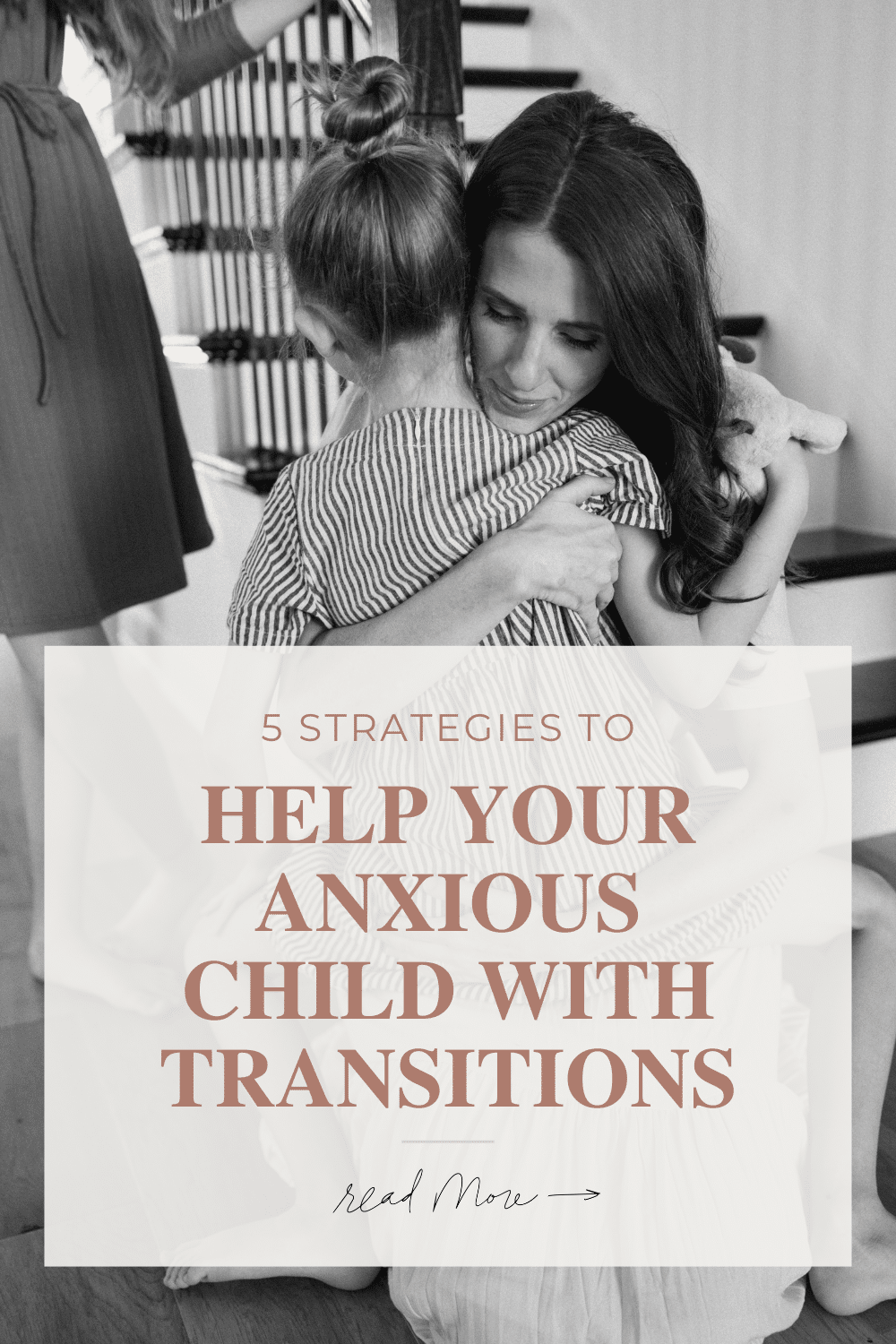Transitions can be tough for any child, but they can be especially challenging for children prone to anxiety. As parents, it’s essential to provide the support and tools they need to navigate these changes with confidence. Here are five effective strategies to help your anxious child with transitions:
1. Establish Predictable Routines
Routines provide a sense of security and predictability for anxious children. Establishing consistent daily routines can help them feel more in control and less overwhelmed by transitions.
Create a visual schedule that outlines the activities and tasks for each day, including transitions between different activities. Having a visual reference can help your child understand what to expect and prepare mentally for upcoming changes.
2. Give Previews to Prepare Them
Anxious children often benefit from gentle preparation before a transition occurs. Instead of springing a change on them suddenly, give them advance notice and time to adjust.
For example, “Tommy, you have 10 more minutes to play at the park and then we need to go home.” This gives the child a heads-up that a transition is coming, which will help alleviate their anxiety for when that time comes.
Use a calm and reassuring tone to explain upcoming transitions, reassuring them that you’ll be there to support them through the change.

3. Slow Down and Ask Questions
Even if you are in a hurry, taking just a few minutes to slow down and let your child talk through their feelings will do wonders. This helps show the child that they matter, that their feelings are valid, and that they deserve to be heard. Asking a few questions will help the transition both now and in the future. Here are some examples of questions to ask:
- What is your worry telling you?
- What do you really believe?
- What does another part of you know?
- What do you think is more likely?
- What do YOU want to be true?
Encourage open communication and be available to listen to their fears and worries without judgment. By asking a few questions, you’re helping your child see through the fear to reality and logic. It also allows them to self-instruct and discover the truth on their own.
4. Encourage Problem-Solving Skills
Empower your child to develop problem-solving skills to tackle transitions more effectively. Instead of simply providing solutions, encourage them to brainstorm ideas and come up with their own strategies for managing transitions.
Ask open-ended questions to get their thinking brain online, such as, “What do you think would help you feel more comfortable during the transition from home to school?” By involving them in the problem-solving process, this will also help build their independence and resilience.
5. Practice Relaxation Techniques
Teaching your child relaxation techniques can empower them to manage their anxiety during transitions. Practice deep breathing exercises, progressive muscle relaxation, or guided imagery together regularly, especially before and during challenging transitions.
Encourage your child to use these techniques whenever they feel anxious or overwhelmed, helping them develop coping skills that they can rely on in various situations.
Transitions Can Become Easier
Transitions can be challenging for anxious children, but with the right support and strategies, they can learn to navigate them more smoothly. These five steps can help your child cope effectively. By implementing these strategies consistently, you can empower your child to face future transitions with confidence.
If you would like to learn more about being a supportive parent, watch my webinar: “Helping Your Anxious Child,”.
Helping Your Anxious Child Webinar
If you would like to learn more about ways to help your child with anxiety, you might be interested in these resources:
